Power Clean Standards for Men and Women (How Much Should You Lift?)
The power clean is a basic Olympic lift that tests your strength, speed, and technique, but how do you know if your numbers stack up? If you understand power clean standards, then you know where you stand and, just as important, you can set realistic goals that you can actually reach before losing motivation.
This might sound like something that’s more important for beginners than it is for advanced lifters, but that’s not the case because knowing these benchmarks is extremely important for anyone who wants to track their progress.
Newbies or pros – nobody wants to be stuck in the same place forever.
In this guide, we’ll break down power clean standards for all skill levels, so if you’ve ever asked yourself, “How much should I power clean?” We have the answers!
What are power clean standards? – Power clean standards are benchmarks used to assess the performance of athletes based on their skill level, bodyweight, and experience. These standards help lifters track their progress, set goals, and check if their numbers are average, good, or elite for their category.
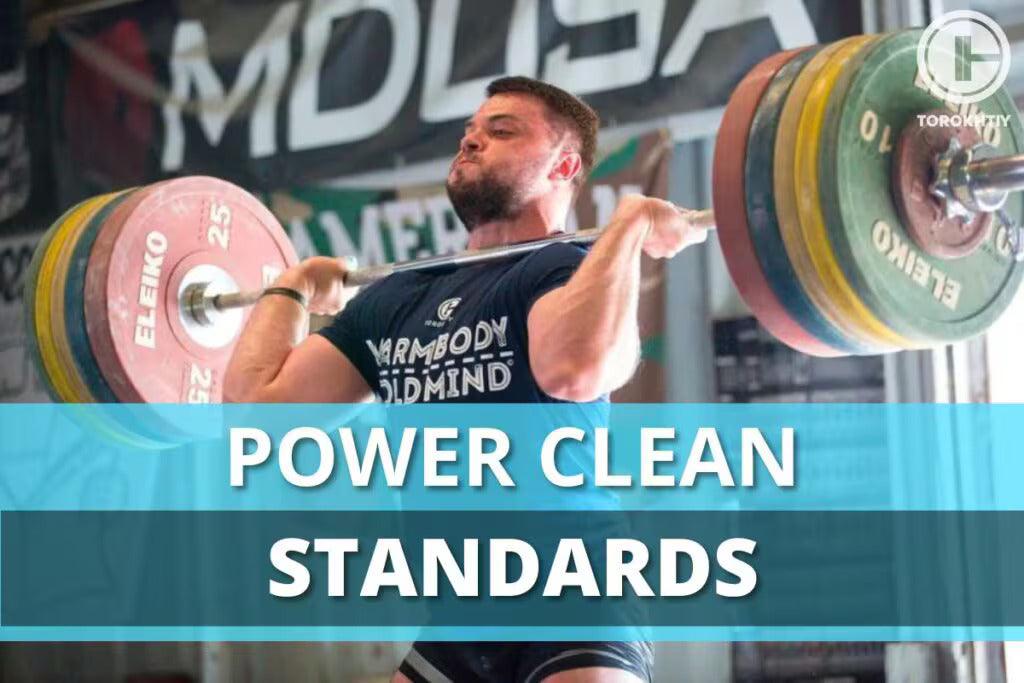
Power Clean
If you know anything about lifting, you’ve heard of the power clean. Even if you’ve never done it – you know of it. It’s a powerful, dynamic movement that combines strength, speed, and technique.
It’s one of the core exercises in Olympic lifting and athletes across different sports use it to improve their explosive power, and it’s a great performance enhancing exercise for all athletes regardless of their experience.
In a power clean, you lift a bar from the floor to your shoulders in one quick motion and although that sounds simple enough – it isn’t. The power clean needs a lot of your muscle groups to be coordinated, and that includes your legs, back, and shoulders.
This lift builds strength, of course, but apart from that, it also improves your athleticism in general, so it’s no wonder this is a go-to exercise for anyone that wants to improve their performance. If you want to get the most power and rate of force improvements, try lifting weights between 60 and 80% of your 1RM.
Power Clean Standards: How Much Should I Lift? + Average Estimate
There are a lot of things you need to consider, so it can be tricky to know how much you should be lifting. Level of experience, how much you weigh, gender, and even age, all these variables play a role.
That’s why you need power clean strength standards – so you can get a clear picture of what’s the average power clean weight, what’s good, and what’s elite for someone like you. Of course, the standards will show you if what you’re lifting is below average, but we like to keep it positive here so we’ll focus on the standards’ brighter side.
1. Level and Bodyweight Ratio – Beginner vs Intermediate vs Advanced
This is one of the most important factors, so we’re kicking this list off with level of experience. One of the let’s say easiest way to determine what you should be lifting without getting into your bodyweight and composition etc will be using bodyweight ratio. This will highlight the importance of relative strength.
For beginners, the focus needs to be on mastering the technique. There’s no reason for them to worry too much about the amount of weight they’re lifting – there will be time for that later. A typical beginner can start with either an empty bar or light weights, with the goal being around 50-75% of their body weight.
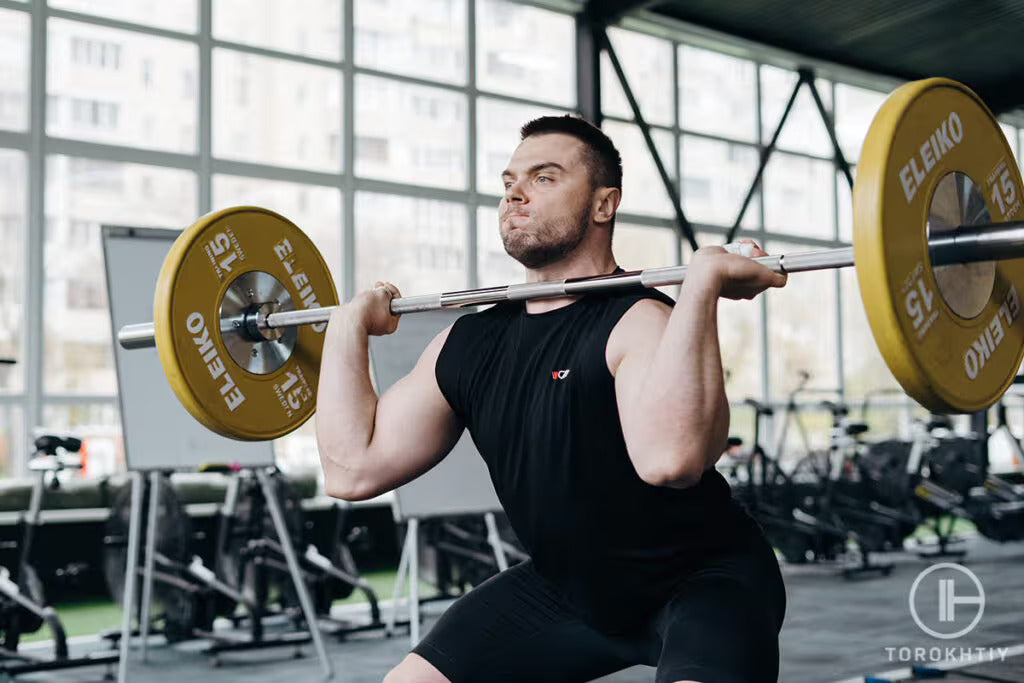
As you get into the intermediate stage, your power clean numbers will start to go up. People at this level usually hit about 75-100% of their body weight, depending on how strong they are, how much muscle they carry and how consistently they train.
For advanced lifters, the power clean is more about fine-tuning technique and maximizing power. Some of them can reach anywhere from 1.0 to 1.5 times their body weight or even more. This, again, depends on their training and how consistent and dedicated they are.
The key thing to take away from this is that your power clean numbers should progress in a natural way, as you gain experience and as you build strength.Here’s a basic breakdown of power clean standards by gender and lifting level. Keep in mind, this is a very rough estimate.
This is a critical concept in terms of power clean standards. The bodyweight ratio is the ratio between how much you weigh and the amount of weight you can clean.For instance, if you weigh 180 pounds and you can power clean 270 pounds, your ratio is 1.5. That ratio is usually considered advanced, and a ratio of 2.0 or higher is elite.
2. Elite Level Numbers for Male and Female
The goal for so many competitive Olympic lifters – getting to that elite power clean weight. These are the numbers that are often used as benchmarks in sport and weightlifting circles, and achieving them is a lifetime goal for many lifters. It’s important to note that there’s a big difference between levels, especially between advanced and elite lifters.
Elite athletes in Olympic lifting are usually competing at national or international levels and have spent years, if not decades, honing their strength and technique.
For men, elite power clean numbers are generally considered to be around 2 times their body weight. Say you have a 175-pound man. If he can power clean 350 pounds, that’s considered elite.
The standards are slightly lower for women, but they’re still pretty impressive. A female lifter who can power clean ~1.5 times her body weight is considered elite. So, for a 140-pound woman, a power clean of ~210 pounds would be in the elite range.
You will need a lot (like, a lot!) of strength to get to these numbers, but that’s not all you’ll need. To be at this level, your technique needs to be immaculate and your training has to be very consistent. Keep in mind that becoming elite comes with the price. It’s a lifetime dedication.
3. Male Power Clean Standards Based on Bodyweight
In lifting, one important concept to understand is relative strength, which measures how much weight you can lift relative to your bodyweight.
Generally, lighter athletes tend to have higher relative strength, meaning they can lift a larger percentage of their bodyweight, while heavier athletes may lift more in absolute terms but have lower relative strength ratios.
For instance, a lighter male lifter, say around 150 pounds, might be able to power clean about 225-300 pounds at an advanced level, so that means that the bodyweight-to-lift ratio is between 1.5 and 2.0.
On the other hand, a lifter who weighs around 250 pounds might clean 315-400 pounds at the same level. The absolute power is higher, yes, but his ratio is close to 1.3-1.6 times his body weight.

This trend holds across all body weights – heavier lifters often see a decrease in their relative strength compared to their lighter colleagues.
Heavier lifters might be able to move more weight overall, but lighter ones tend to dominate in terms of percentage of their body weight they can lift.
That is why heavier lifters usually will fall into lower ranges of the ratio we mentioned above, while lighter folks might be reaching top ranges or even more in some cases.
So to determine what you should lift based on your bodyweight, without using the ratio we used above, we would need to know your weight. However that specific method carries its own risks like age factor, body composition factor and more… which we will discuss below.
4. Female Power Clean Standards Based on Bodyweight
How much you weigh is a crucial factor for women, just like it is for men, but the numbers are usually lower because of the differences in strength and muscle mass between genders.
For example, a woman that weighs 120 pounds can be expected to power clean around 150 to 180 pounds if she wants to be considered advanced. If she weighs 160 pounds, she should aim for a clean in the range of 200 to 240 pounds.
Average Estimates Explanation
If you want a clearer picture of what the average estimates mean for your training and progress, let’s go over the key factors.
Keep in mind – these are just rough estimates, not strict benchmarks. You don’t need to fit perfectly within these ranges. In fact, many lifters fall outside of them, and that’s completely normal. A lot of factors can influence your power clean performance, like age, technique, body composition, and training background.
Everyone progresses differently, so the important thing is to focus on consistent improvement instead of aiming to meet a specific standard.
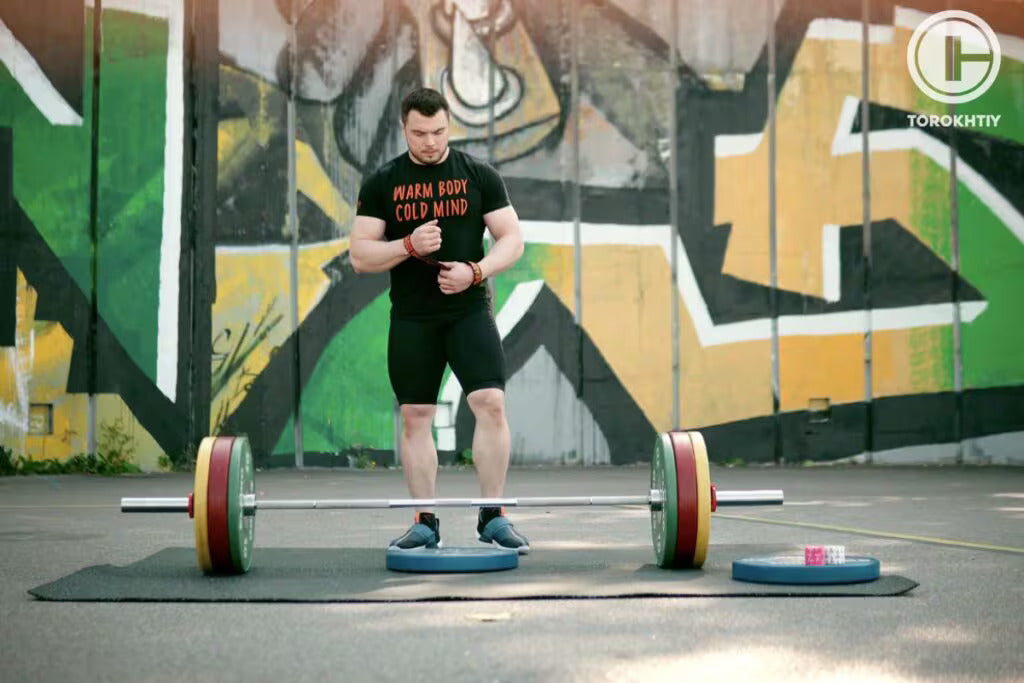
And for that reason the lifting ratio is most reliable for the general population. You should be able for example to deadlift your bodyweight regardless of your weight – this is a nice benchmark.
If you are an experienced lifter I’d rather use the idea how much you can clean and then how much you should be able to power clean based on that result. Your Power Clean result then would allow me to estimate what quality needs to be trained.
1. Age vs Lifting Age (Experience)
Age is important because, as we get older, the quality of our muscle fibers goes down, and so does our maximum strength potential.
Younger lifters, meaning those in their late teens or twenties, are usually at peak in terms of strength and recovery, so they can push higher numbers. But as they enter their thirties, forties, and so on, keeping those numbers becomes more difficult.
Of course, this doesn’t mean you can’t continue to improve, but the focus might go in the direction of maintaining strength, refining technique, and avoiding injuries.
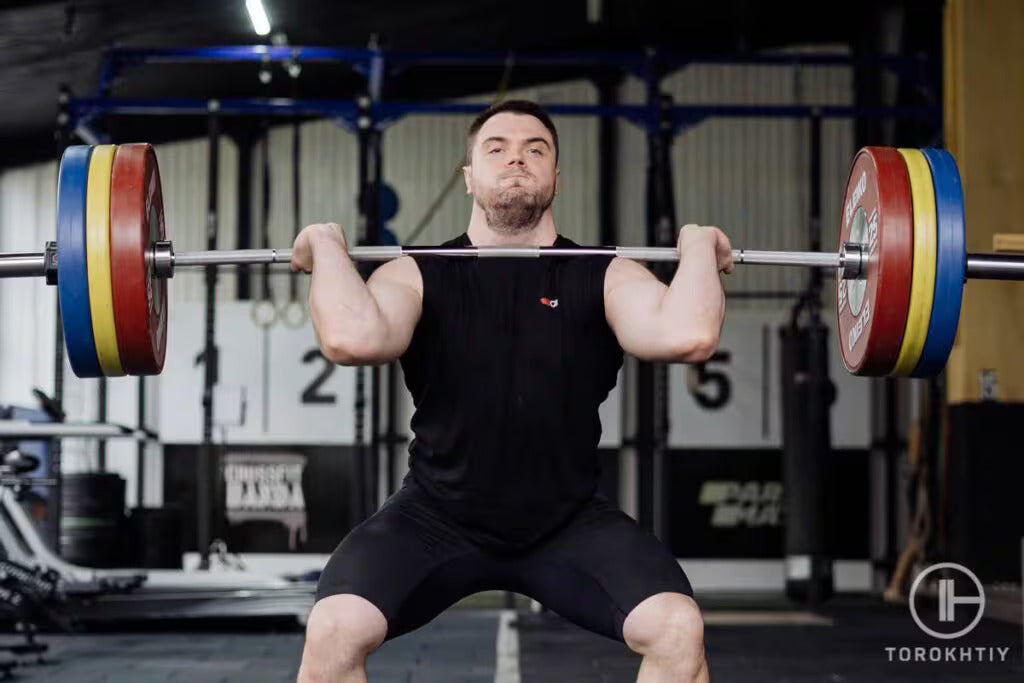
For older lifters, power clean standards are a bit lower than they are for younger athletes, but they’re still a great way to measure progress and stay motivated.
BUT…
One of the things to consider – the difference between your actual age and how long you’ve been training. Younger people have a higher strength potential, but experience can make a huge difference.
An experienced lifter, regardless of their age (to a degree of course), usually has better technique, which leads to better performance.
Age alone doesn’t determine strength and what really matters is your training experience. Someone who’s been consistently lifting for 10 years is likely to be stronger than someone who’s only been doing it for 2, regardless of the age difference between them.
The key factor is time and dedication put into training, not just the number of years lived.
So like always … consistency is the key.
2. Technique
Technique is one of the key reasons why an average power clean stays just that – average. Two lifters might have the same body weight, similar strength levels, and even the same years of training experience, but if one has better technique, his power clean will be a lot better.
Power cleans rely heavily on precision and coordination, so refining your form can lead to major improvements in performance. This is why you’ll often see lifters with similar strength getting different results – technique makes all the difference.
3. Body Composition
Body composition, especially the muscle to fat ratio, affects performance. Say you have two lifters with the same age and same bodyweight, but if one has 10% body fat and the other has 30%, there is a very high chance second one might actually be stronger.
This is another reason why you don’t have to fit perfectly into the average standards – factors like muscle mass and body composition can cause a lot of variation in strength and performance.
🔻POWER CLEAN PROGRAM

🏋️♂️ Boost explosive strength in 6 weeks.
💪 Enhance performance across sports.
📆 Three intense sessions per week for 6 weeks.
🔥 Natural, functional movements for athletic peak.
🏅 Achieve new results in the POWER CLEAN
⏱ Quick results without long-term commitment.
Join today and dominate your sport! 💥💪
What You Should Be Able to Lift?
What you lift today is important, sure. But you know what’s even more important? What you’ll be able to lift tomorrow.
You should never focus only on your current numbers. Instead, turn your attention to the progress you can make if you keep working. Every time you step into the gym, you’re not just lifting random weights – you’re building towards something greater.
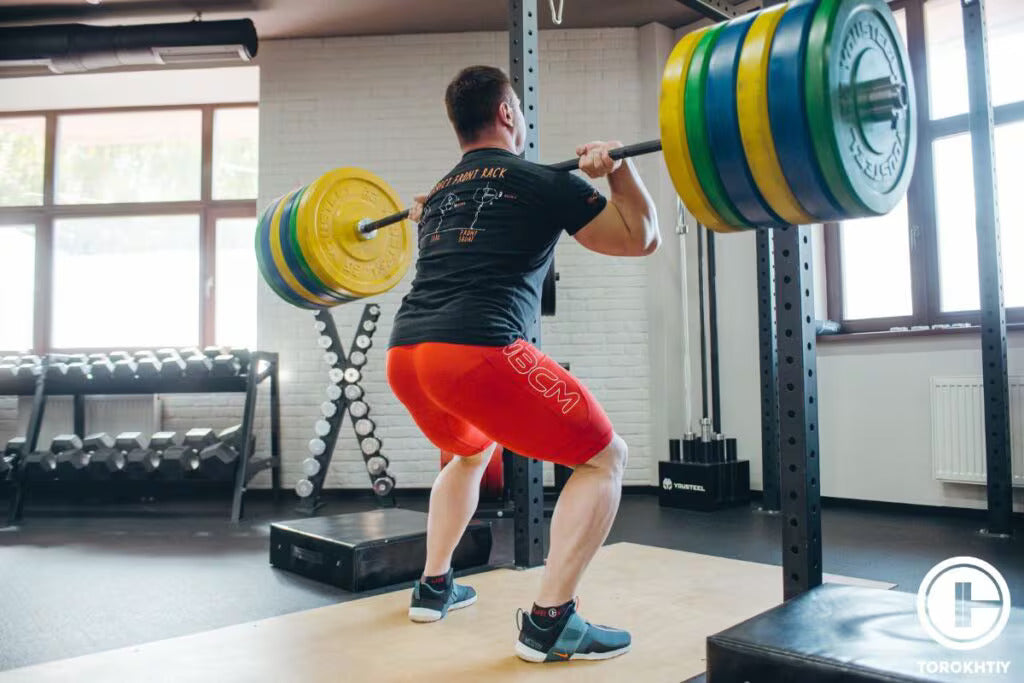
The power clean standards give you benchmarks, but they’re not the end goal. What counts is the journey of constant improvement. Push yourself a little more each day, work on your technique, and stay committed to your training. If you do all this, you’re setting yourself up for bigger lifts in the future.
Progress comes in small, consistent steps, and with each lift, you’re getting closer to reaching your full potential. Keep your eyes on the future and work towards the numbers you know you can get to tomorrow.
Conclusion
We’ve given you a lot of important info here, but if we could take one as the most important one, it would be – keep at it. Keep working, keep your eyes on the prize, and be happy about every small improvement because it took a lot of sweat, sore muscles, and maybe even a few sprains to get there.
The benchmarks are a great thing to have because you can track your progress accurately, but it’s never good to get too hung up on the numbers. Plus, your numbers today are just a stepping stone to what you can get tomorrow, so look at them as a source of motivation, not something you’ll use to compare yourself to others.
What’s your current power clean goal? How do you stay motivated? How do you track your progress?
Share your experience in the comments and let’s discuss how you’re working towards your next big lift!
References:
- I. Janssen, S. B. Heymsfield, Z. M. Wang, R. Ross, “Skeletal muscle mass and distribution in 468 men and women aged 18-88 yr,” Journal of Applied Physiology 89, no. 1 (2000): 81-88.
- Jerry L. Mayhew, Thomas E. Ball, Micheal D. Arnold, Jack C. Bowen, “Relative Muscular Endurance Performance as a Predictor of Bench Press Strength in College Men and Women,” Journal of Strength and Conditioning Research 6, no. 4 (1992): 200-206.
- J. Lexell, C. C. Taylor, M. Sjöström, “What is the cause of the ageing atrophy? Total number, size and proportion of different fiber types studied in whole vastus lateralis muscle from 15- to 83-year-old men,” Journal of Neurological Sciences 84, no. 2-3 (1988): 275-294.
- Lachlan P. James, Paul Comfort, Timothy J. Suchomel, Vincent G. Kelly, Emma M. Beckman, G. Gregory Haff, “Influence of Power Clean Ability and Training Age on Adaptations to Weightlifting-Style Training,” Journal of Strength and Conditioning Research 33, no. 11 (2019): 2936-2944.
- Paul Comfort, Caroline Fletcher, John J. McMahon, “Determination of Optimal Loading During the Power Clean, in Collegiate Athletes,” Journal of Strength and Conditioning Research 26, no. 11 (2012): 2970-2974.
- Photos by Torokhtiy Media Team.
Why Trust Us?
With over 20 years in Olympic Weightlifting, our team does its best to provide the audience with ultimate support and meet the needs and requirements of advanced athletes and professional lifters, as well as people who strive to open new opportunities and develop their physical capabilities with us.
All products we select are primarily approved and tested by the Olympic Weightlifting Champion Oleksii Torokhtiy. Under his guidance, we provide honest and reasonable assessments of the products we review by checking their characteristics, packaging, design, comfort and durability features, and general product rating. We select products from only high-quality and trusted sports brands, thus vouching for their quality.
The product testing process is described in more detail here

